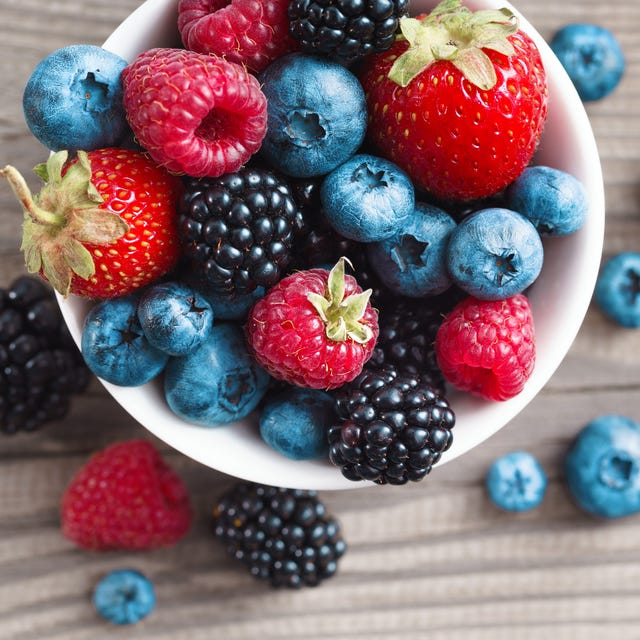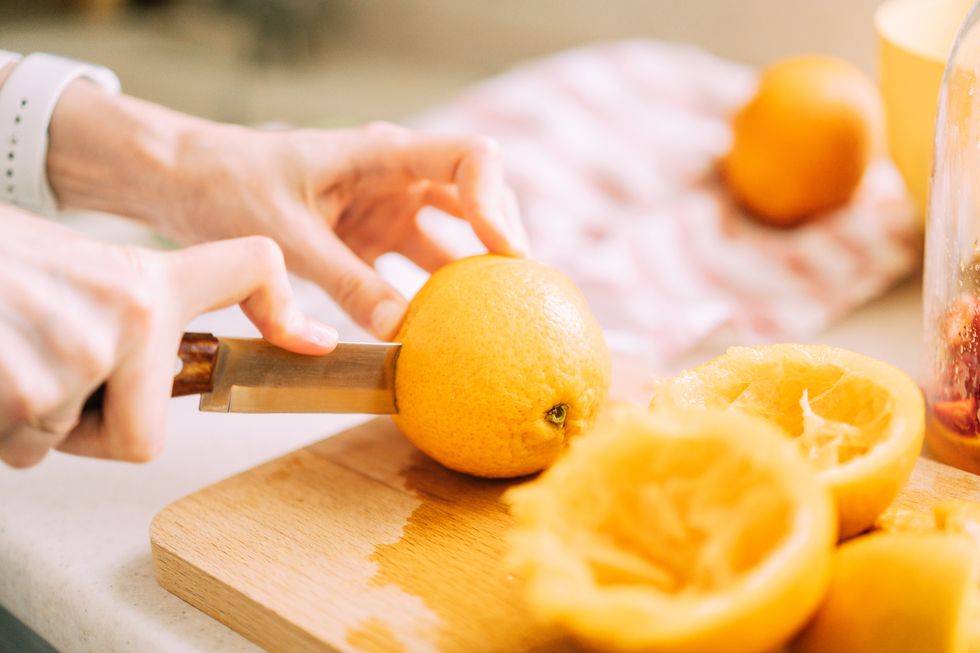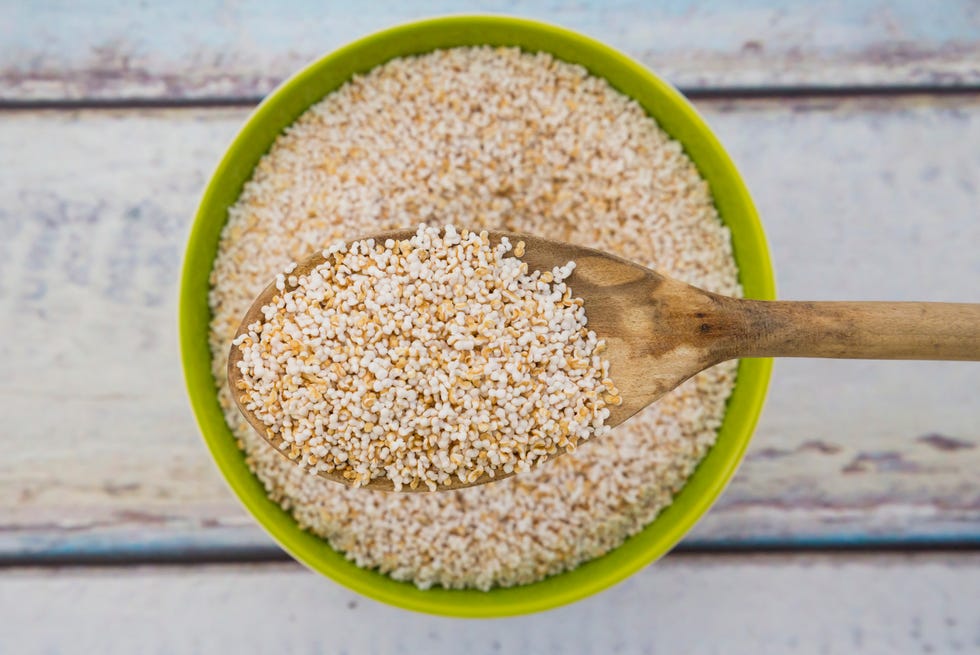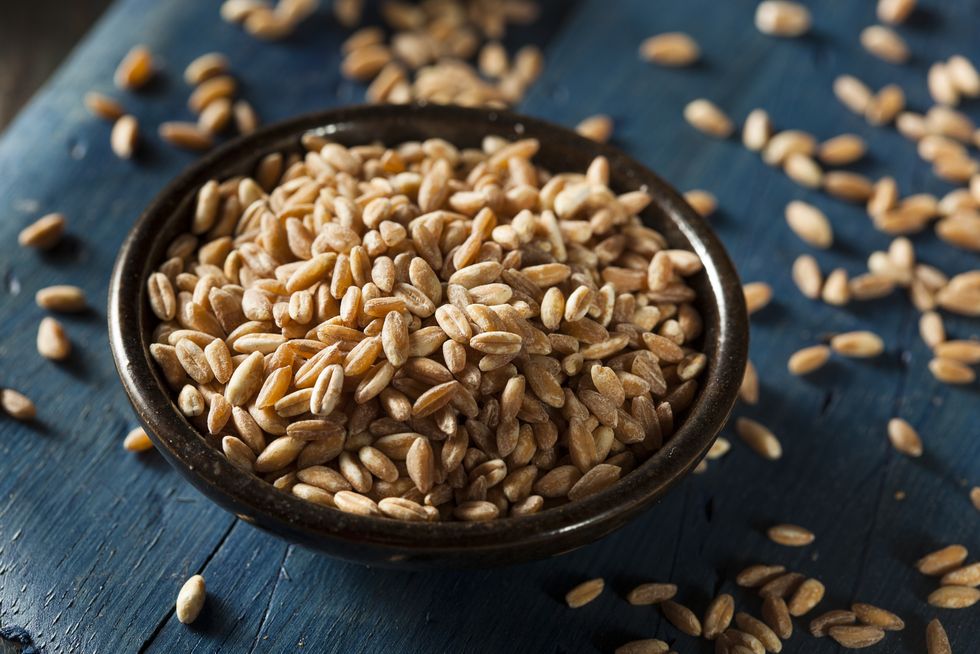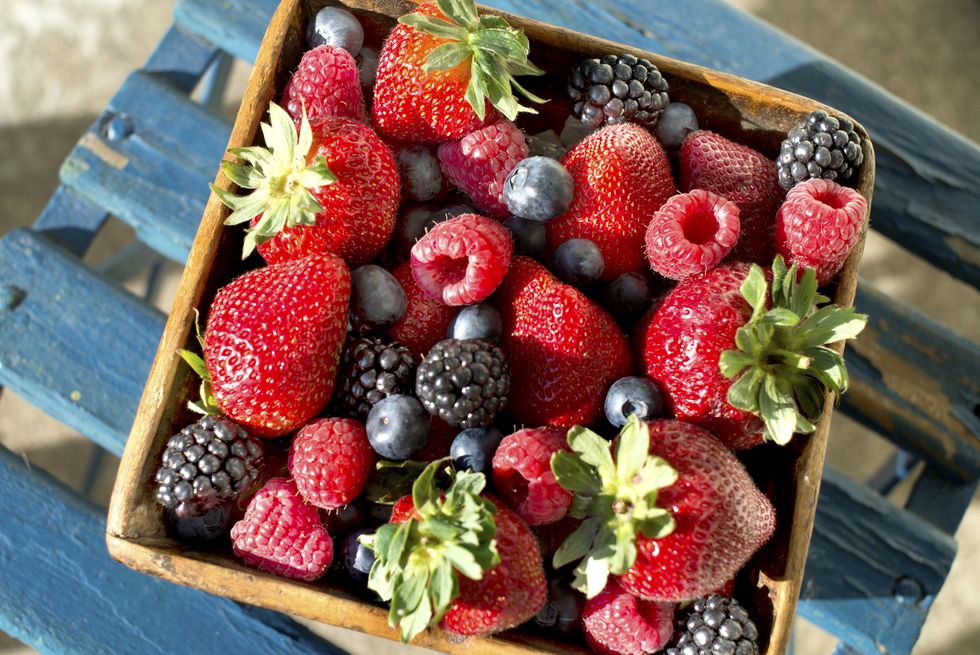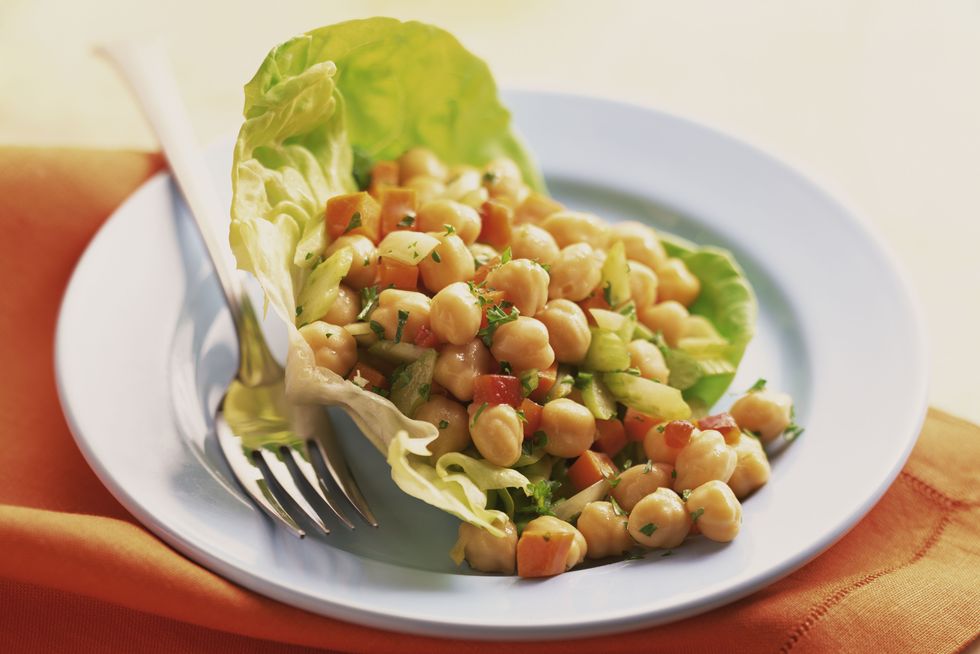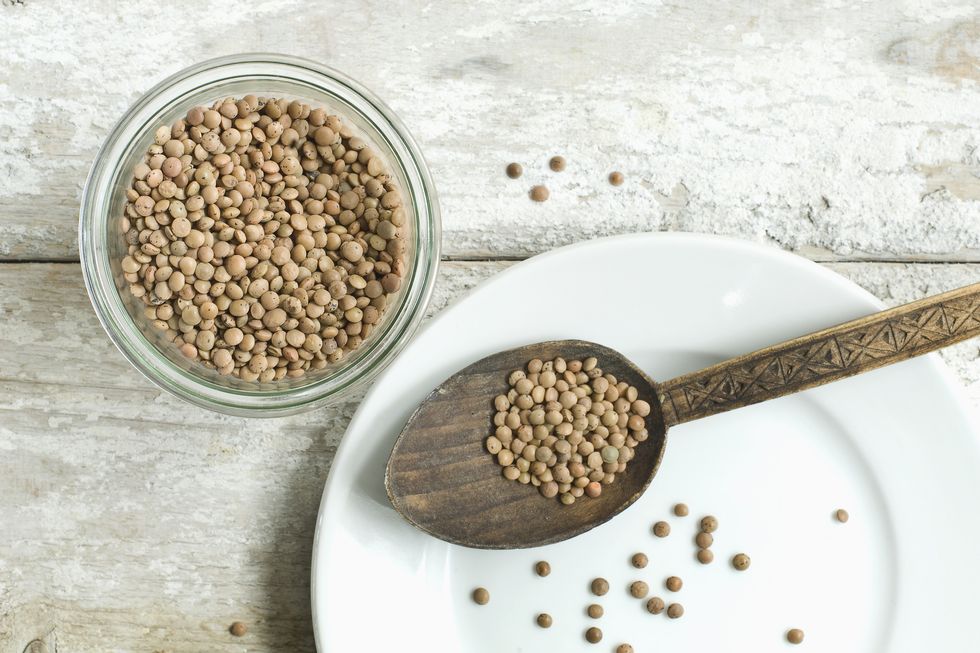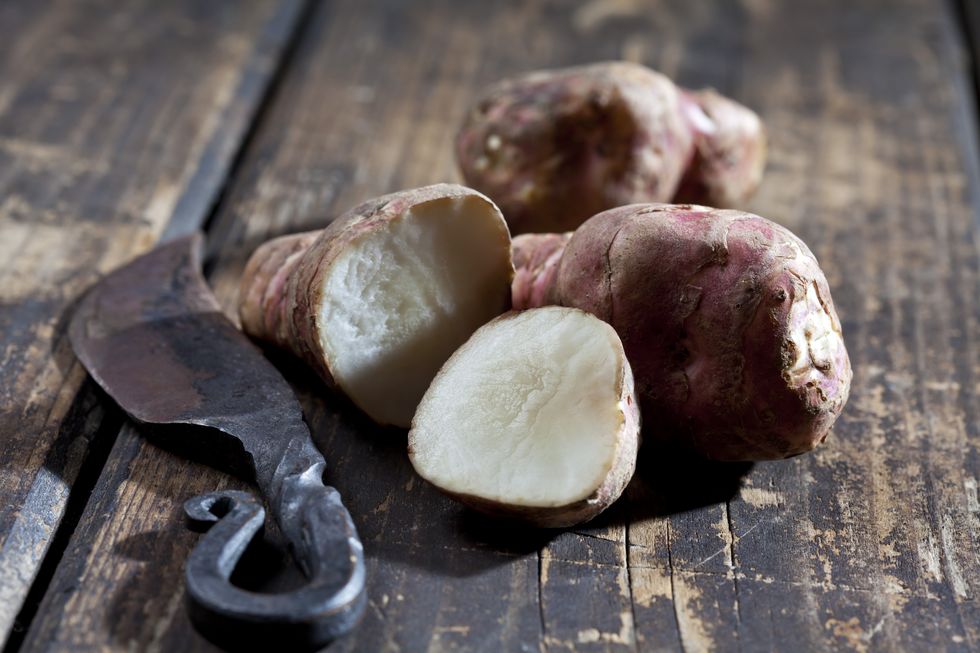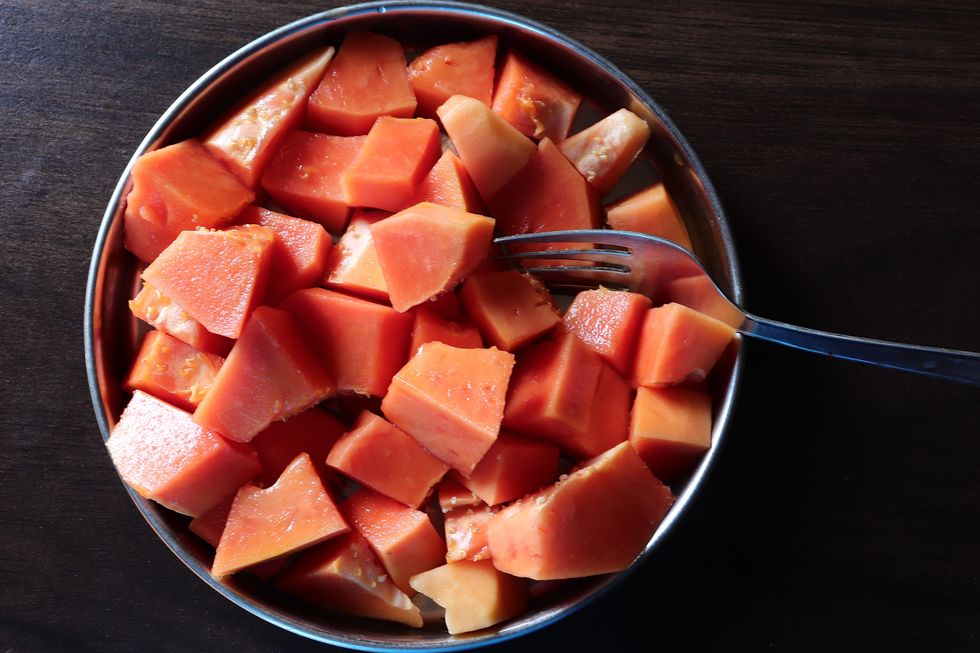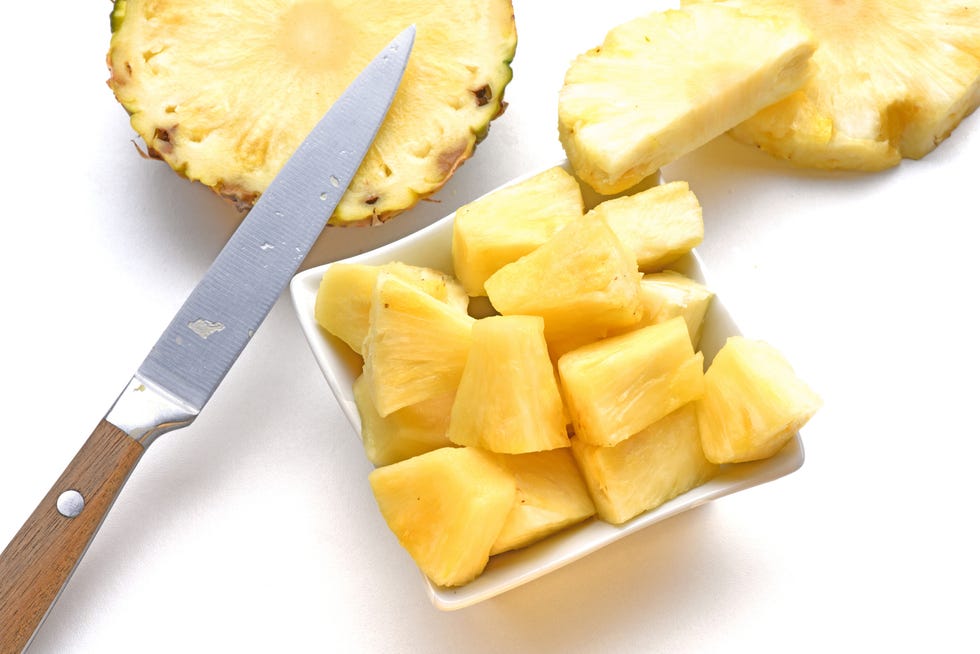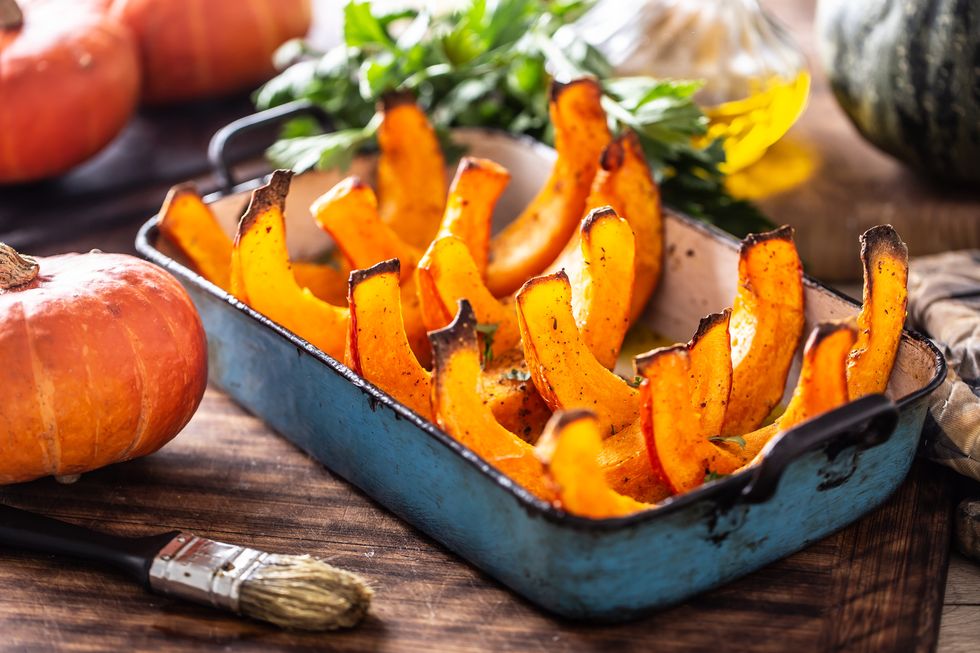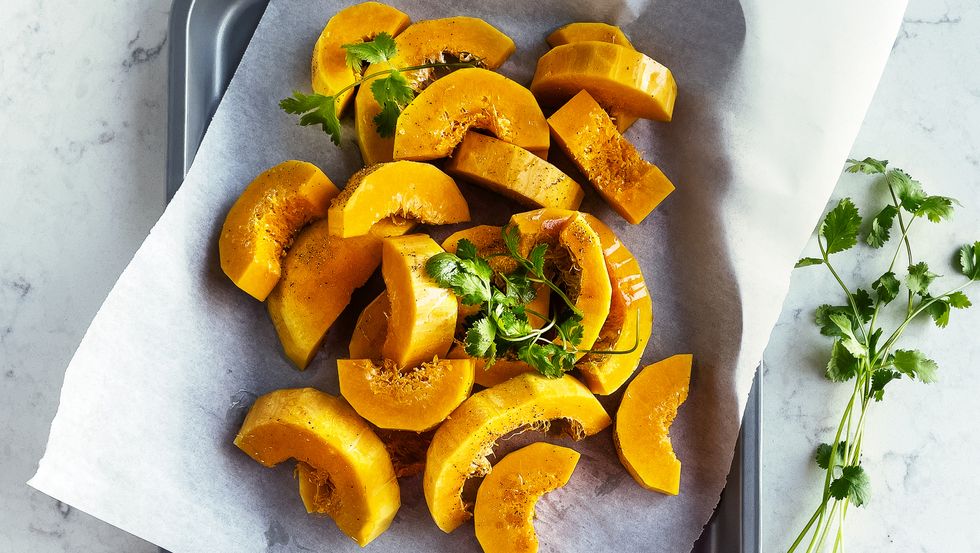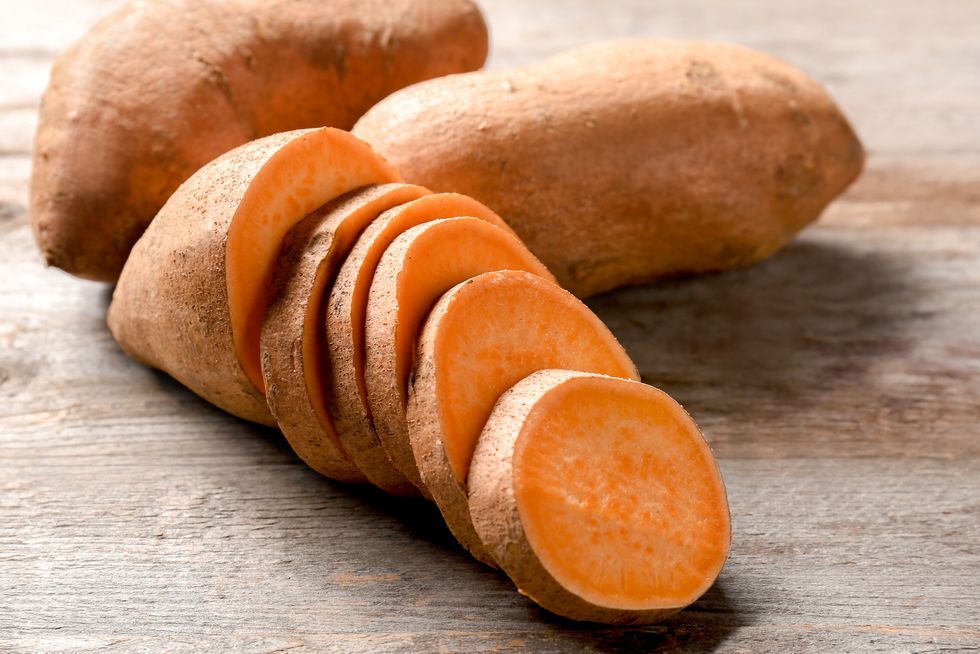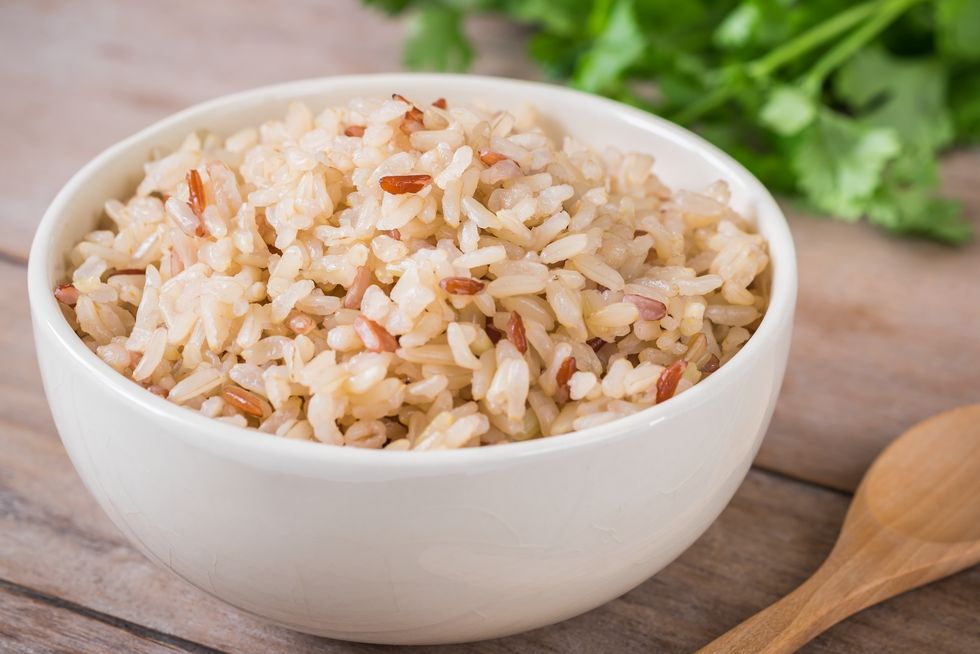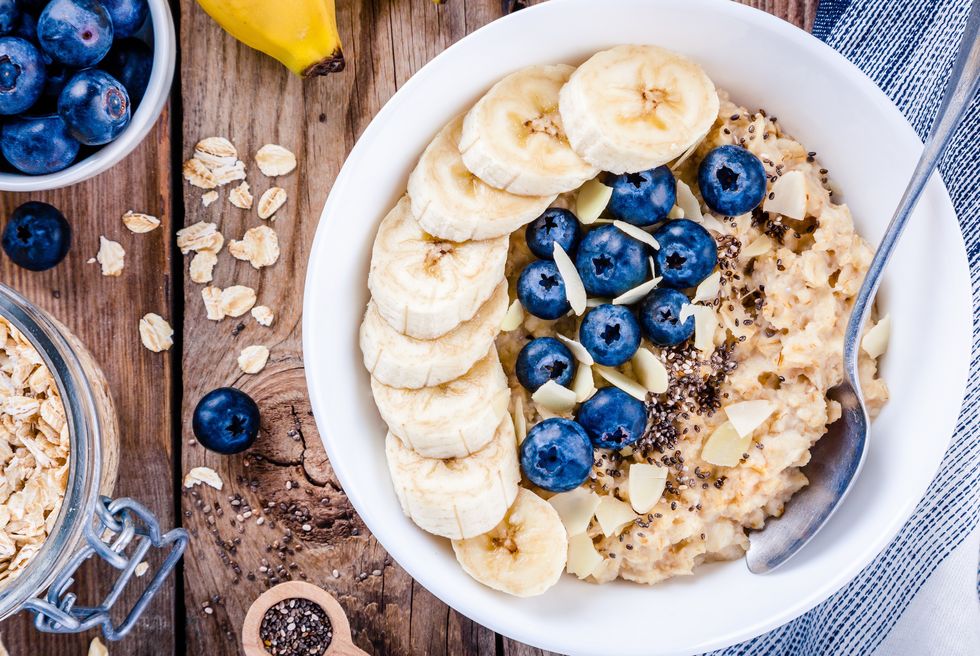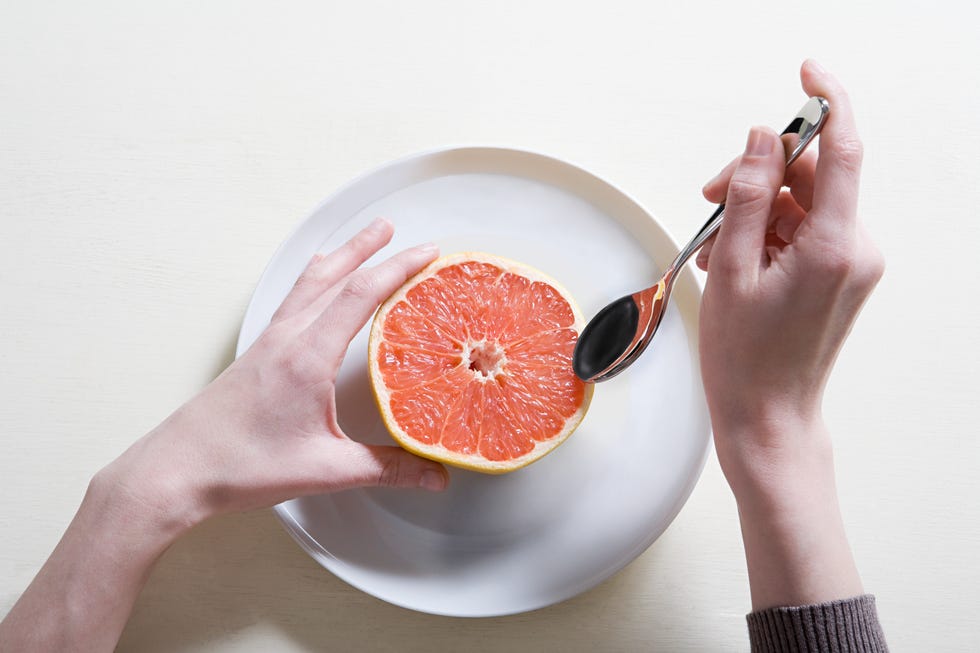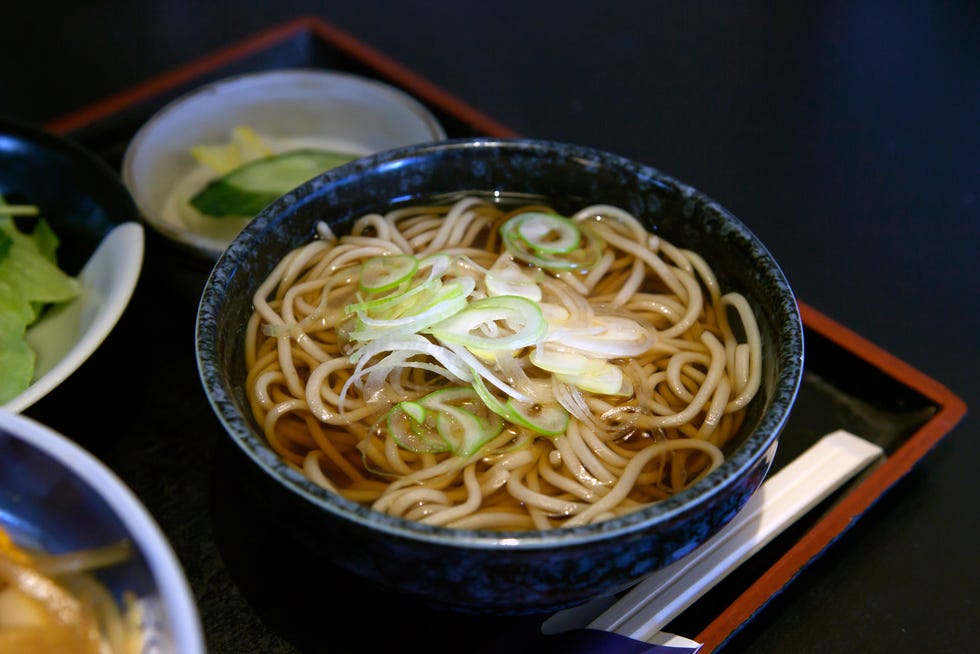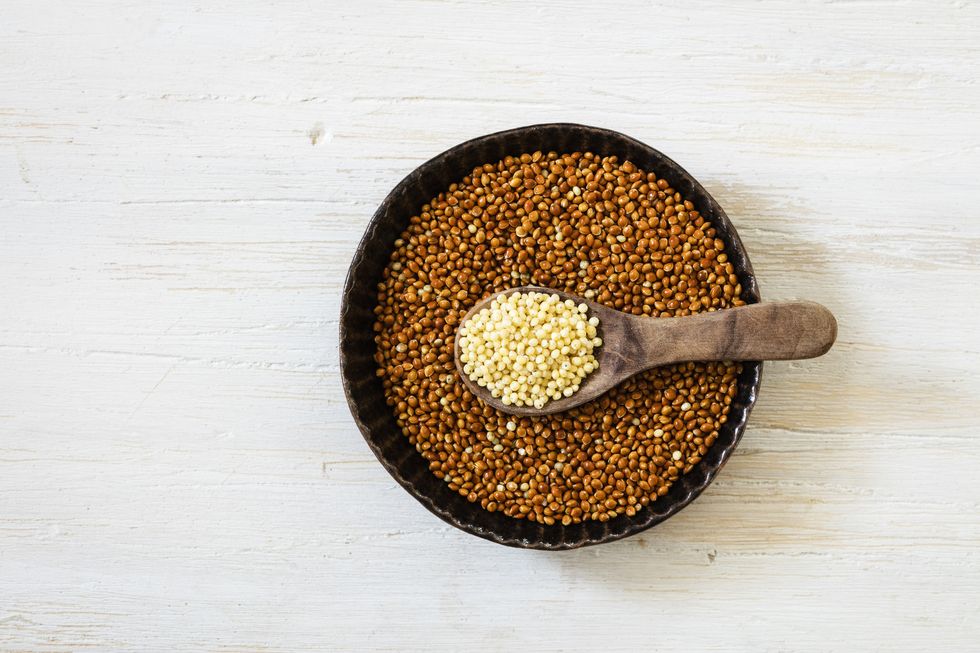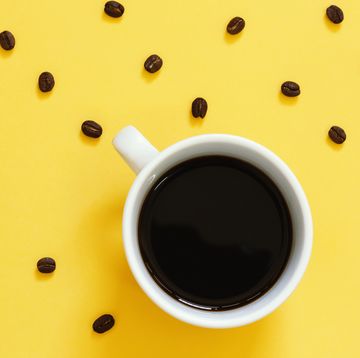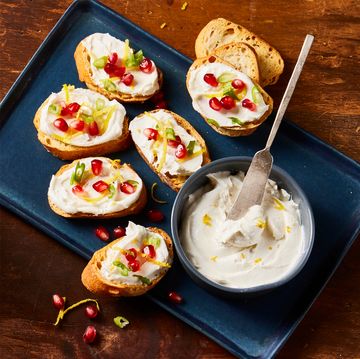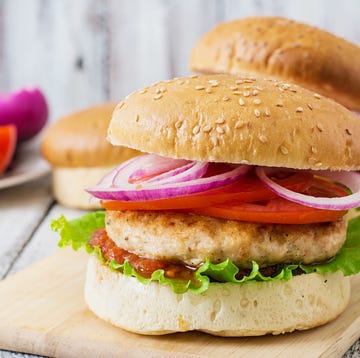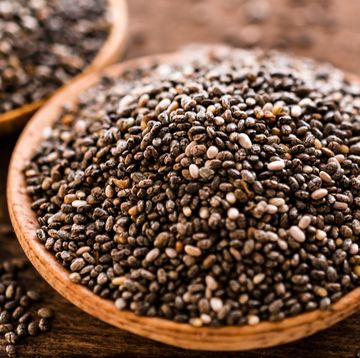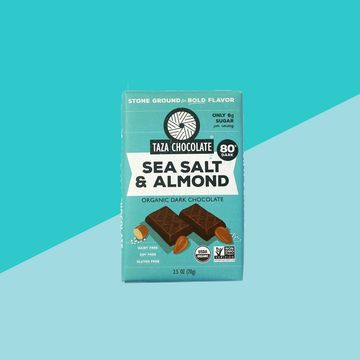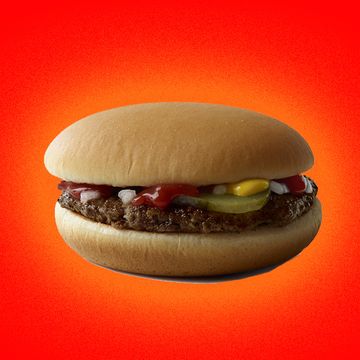28 High-Carb Foods You Need to Eat More Often, According Dietitians
They’ll keep you feeling satisfied and energized, all day long.
If there’s one nutrient that has a worse reputation than it deserves, it’s the carbohydrate. Multiple fad diets, such as keto and Atkins, recommend eliminating carbs from your meal plan to jumpstart weight loss. But not all carbs are created equal, and by heavily restricting carbohydrates (or in some cases, cutting them entirely) you may be missing out on some very important health benefits.
Some high-carb foods—like soba, which has 24 grams of carbs in a single cup—are jam-packed with important nutrients. In the case of soba, that means phytonutrients and amino acids that can protect against heart disease, while many other high-carb foods offer the nutritional support that your body requires to function at its best.
Even the U.S. Department of Health and Human Services is talking about the importance including carbohydrates in a well-balanced diet: According to their most recent Dietary Guidelines for Americans, the average adult should be eating between 225 and 325 grams of carbs a day.
Of course, the healthy high-carb foods worth eating are the ones loaded with nutrients that can do everything from aiding digestion to protecting your heart. Check out these 28 healthy high-carb options that deserve a spot on your weekly menu.
Natalie Rizzo, MS, RD is a New York City-based dietitian, food and nutrition writer, national speaker and owner of Nutrition a la Natalie, a sports nutrition practice. She developed a love for cooking, nutrition and fitness as an adult, which prompted a career change from advertising to nutrition. She spends most of her spare time running along the NYC waterfront and creating (and photographing) healthy and tasty recipes.
Lauren Wellbank is a freelance writer based in the Lehigh Valley region of Pennsylvania. Her work has appeared in The Washington Post, Huffington Post, Martha Stewart Living, and more. She has three small children, a husband, and an over eager dog at home. When she's not writing she likes to work in her garden with her family.
Watch Next

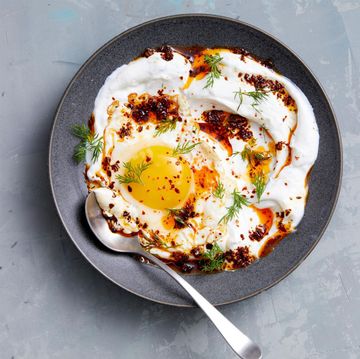
33 Protein-Packed Breakfasts for All-Day Energy
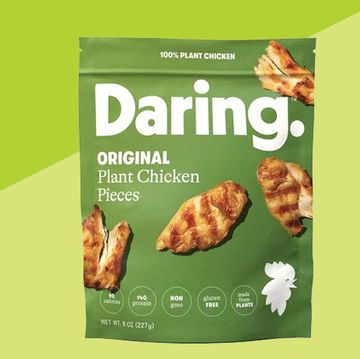
The 8 Best Meat Substitutes for Plant-Based Meals
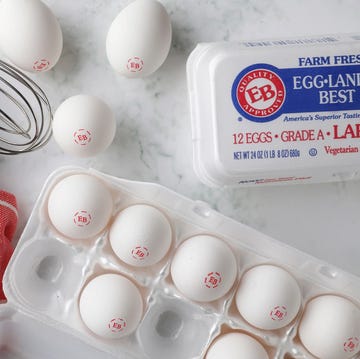
We’re Cracking The Latest Research On Eggs

10 Little-Known Tart Cherry Juice Benefits
